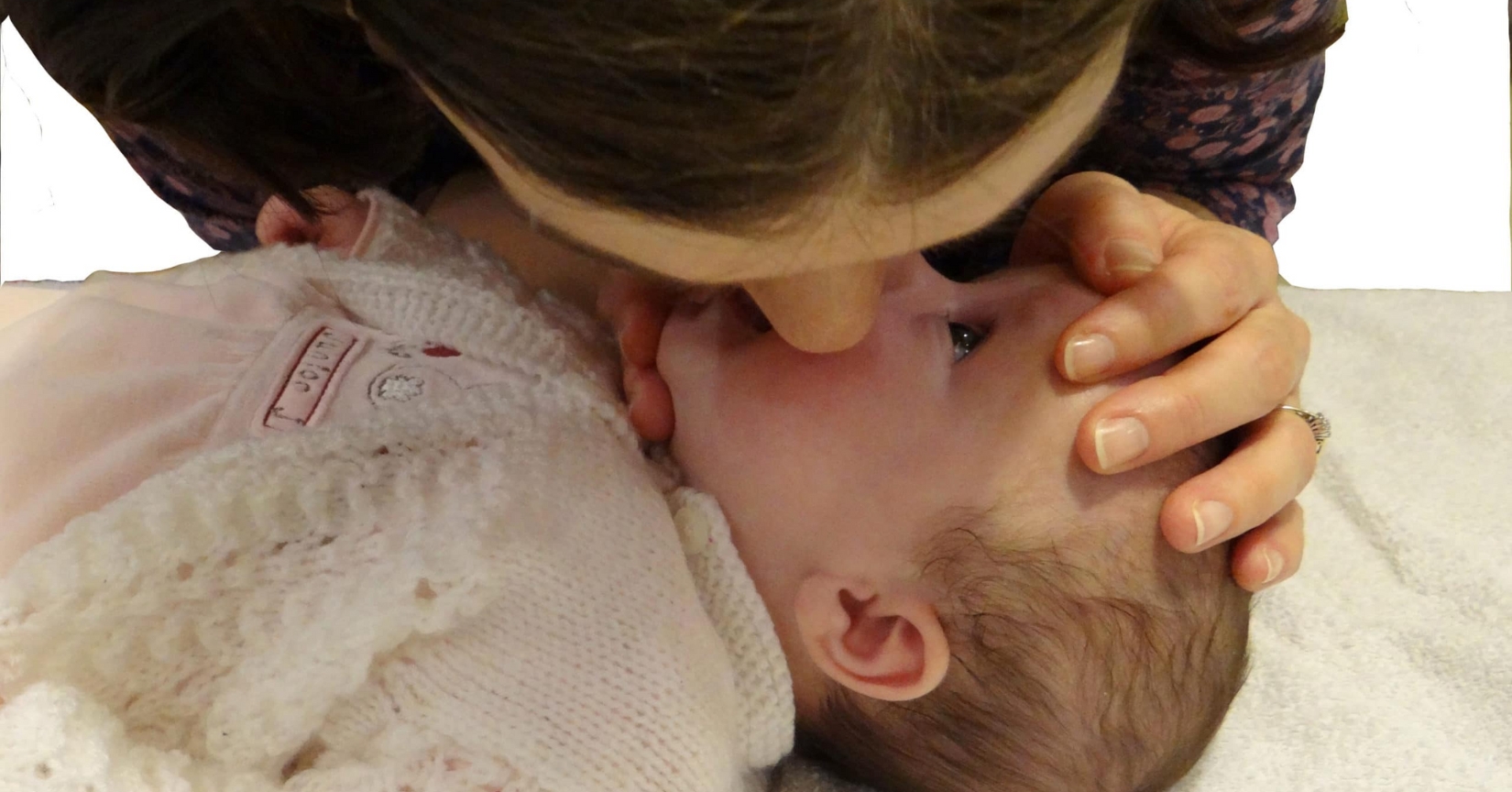Every parent, guardian, or caregiver holds a sacred trust: the safety and well-being of a child. Yet, there are instances when this trust is put to the ultimate test.
You might find yourself in a situation where a child is struggling to breathe, their lips turning blue, and their body becoming limp. It’s a nightmare scenario nobody ever wants to face.
But what if you were equipped with the knowledge to handle such a situation? What if you could step in to save a life when every second counts?
After extensive research and consultation with medical professionals, I’ve compiled a list of 7 life-saving steps to deliver rescue breaths to a child. These steps are designed to equip you with essential knowledge that could make all the difference in an emergency situation. It’s time to arm yourselves with these life-saving skills.
1. Assess the situation
Before you leap into action, the first crucial step is to quickly but accurately assess the situation.
Is the child conscious? Are they breathing normally or at all? These are critical observations that will dictate your next steps.
A child’s body is not like an adult’s. Their breathing patterns can be different, their airways smaller and more easily obstructed.
Understanding the severity of their condition could be the first step towards saving their life. In these moments, every second counts, so remain as calm and composed as possible. Your clarity of thought could be a determining factor in this critical situation.
2. Resist the urge to panic
In situations of extreme stress, our natural instinct is often to panic. However, this is exactly what you need to avoid when a child’s life hangs in the balance.
It’s easy to let fear take over, but your actions and reactions could directly impact the outcome.
Panic can cloud your judgment, make you forget critical steps or procedures, and inadvertently exacerbate the situation.
Instead, take a deep breath. Focus on the steps you’ve learned. And most importantly, keep in mind that staying calm and composed can make all the difference in effectively delivering rescue breaths to a child. It may seem counterintuitive, but sometimes, doing less can actually achieve more.
3. Clear the airway
Once you’ve assessed the situation and kept your panic in check, it’s time to move on to the next critical step – clearing the child’s airway.
This is crucial because an obstructed airway can prevent oxygen from reaching the lungs, leading to potentially fatal consequences.
Gently tilt the child’s head back and lift their chin. Check for any visible obstructions in their mouth or throat and carefully remove them if possible.
Bear in mind, this step requires extreme care. Any hasty or rough movements could cause further harm. This may be a race against time, but your precision and gentleness are equally vital.
4. Begin rescue breaths and chest compressions
With the airway now clear, it’s crucial to start delivering rescue breaths to breathe life back into the child.
Carefully place your mouth over the child’s, ensuring a complete seal, and gently breathe out so their chest visibly rises. Perform this twice.
Next, proceed to chest compressions, which are vital in maintaining blood flow.
Using only two fingers for an infant, or the heel of one hand for an older child, press down on the center of the chest, about 1.5 inches deep, at a rate of 100-120 compressions per minute.
Alternate between two rescue breaths and 30 chest compressions.
Continue this cycle, keeping in mind that help should already be on its way.
The aim is to maintain rescue breaths and compressions until professional help arrives.
This process not only supports the child’s breathing but also their circulation, significantly enhancing their chances of survival in these critical moments.
5. Don’t doubt yourself
One of the biggest challenges in an emergency is self-doubt. It’s easy to second-guess your abilities or fear that you’re doing something wrong.
But here’s the truth: doing something is better than doing nothing. You’re stepping up when a child needs you the most.
This isn’t a test or a competition. There’s no room for perfectionism here. It’s about holding onto that sliver of hope and doing your utmost to keep a young life from slipping away.
So, when you’re there, in the thick of it all, remember this – You are capable. You are enough. Trust in the training you’ve received and the instincts you possess. And don’t forget, every single action you take could potentially save a life.
6. Pause for reassessment
In the midst of delivering rescue breaths and chest compressions, you might feel like you’re in a constant loop. But there’s a significant step that can often be overlooked: pausing to reassess the situation.
Yes, you heard it right. Pausing.
While your instincts might be urging you to keep going without interruption, taking a brief moment to reassess the child’s condition can be crucial.
Is the child breathing? Are they showing signs of life? Has their color returned? These are important observations that could indicate whether your actions are having the desired effect or if adjustments need to be made.
7. Continue until help arrives
You’ve followed all the steps, delivered rescue breaths, performed chest compressions, and periodically reassessed the child’s condition. But what now?
The answer is simple – continue.
Don’t stop until professional help arrives. It might feel like an eternity, but assistance is on the way.
This process can be physically and emotionally draining, but remember why you’re doing it – a child’s life is at stake. You are their lifeline in this critical moment.
Keep going. Keep breathing. Keep pressing. Your persistence and determination could make all the difference in ensuring they survive until professional help arrives.
Understanding the Importance of these Steps
While we’ve covered the life-saving steps to deliver rescue breaths to a child, it’s equally important to comprehend the profound significance of these actions.
Firstly, understanding and implementing these steps could literally be the difference between life and death. In situations where every second counts, the knowledge you possess and your ability to act upon it swiftly and effectively could be the decisive factor in saving a child’s life.
It’s also crucial to recognize that in such high-stress situations, preserving a sense of calm and collectedness is indispensable. The ability to suppress panic, think clearly, and act methodically can not only impact your effectiveness in providing rescue breaths but also influence others around you. Your calm demeanor can help soothe frantic bystanders, creating a more controlled environment that is conducive to emergency response.
Moreover, acknowledging the role of regular reassessment in this process is vital. It allows you to gauge the effectiveness of your actions and adjust your approach if necessary. This flexibility and willingness to adapt can greatly enhance the chances of a successful outcome.
Finally, the persistence to continue until professional help arrives showcases an essential aspect of human endurance. It’s a testament to our ability to push through physical exhaustion and emotional distress when another life is at stake.
On a broader scale, understanding these steps and their significance underscores the importance of basic life-saving skills. It highlights that anyone, regardless of their profession or background, could potentially save a life if equipped with the right knowledge and training.
So as you navigate through life, remember that you are more capable than you think. And when faced with a situation that demands these skills, you can rise to the occasion and possibly be the difference between life and death for someone else.









